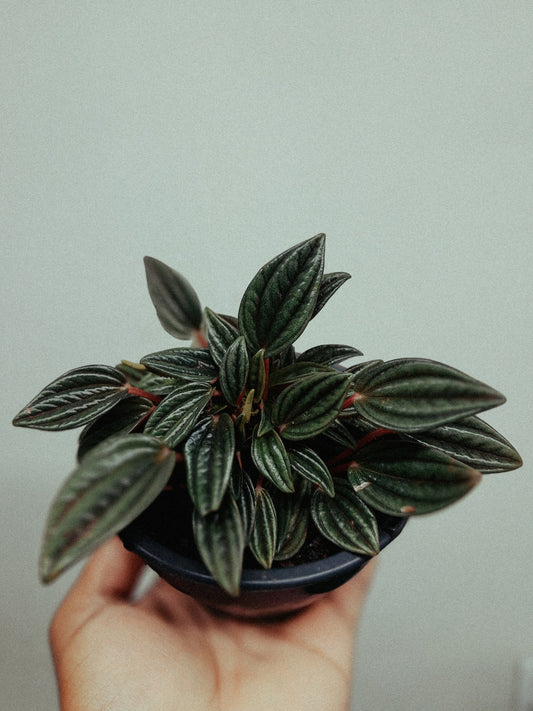Snow Queen Pothos is a beautiful, versatile, and low-maintenance plant that is a great addition to any indoor space. This plant is well-known for its distinctive leaves that are white and green in color, making it a popular choice among indoor gardeners.
Ideal Growing Conditions
For the Snow Queen Pothos to thrive, it is essential to provide the right growing conditions. This plant prefers bright, indirect light and temperatures between 60°F and 85°F. It is also important to keep the soil moist but not waterlogged. The plant can tolerate a wide range of humidity levels, making it a great option for homes with dry air.
Watering and Fertilizing
Watering is a crucial aspect of growing Snow Queen Pothos, as it helps keep the soil moist and provides the plant with the necessary nutrients. It is recommended to water the plant once a week, making sure to avoid getting water on the leaves. Overwatering can lead to root rot, which is one of the most common problems faced by indoor gardeners.
Fertilizing is also important for the plant's health and growth. It is recommended to use a balanced, water-soluble fertilizer once a month during the growing season. During the winter, it is best to reduce the frequency of fertilization or stop it altogether.
Potting and Repotting
Snow Queen Pothos can be grown in a variety of containers, including pots, baskets, and hanging planters. It is recommended to use a well-draining potting mix and a pot with proper drainage holes.
As the plant grows, it may become root-bound and will require repotting. The best time to repot is in the spring, when the plant is actively growing. When repotting, it is essential to choose a pot that is only one size larger than the previous one.
Propagation
Snow Queen Pothos is easy to propagate, making it a great option for indoor gardeners looking to expand their collection. The plant can be propagated through stem cuttings, which can be planted in water or soil.
It is recommended to take stem cuttings that are at least 6 inches long, with several leaves and nodes. The cuttings can be placed in a jar of water or planted directly in a potting mix. Within a few weeks, roots will begin to form, and the cuttings can be planted in a pot.
Common Problems and Solutions
Indoor gardeners may face some common problems when growing Snow Queen Pothos, including yellowing leaves, brown tips, and stunted growth.
Yellowing leaves can be a sign of over or under watering, and it is essential to adjust the watering schedule accordingly. Brown tips can be a result of dry air or excess fertilizer, and it is recommended to increase the humidity or reduce the frequency of fertilization.
Stunted growth can be caused by lack of light, and it is essential to provide the plant with bright, indirect light. If the plant is root-bound, it may also be necessary to repot it in a larger pot.

Conclusion
Snow Queen Pothos is a beautiful, low-maintenance plant that is a great addition to any indoor space. With the right growing conditions, watering, and fertilizing, the plant will thrive and provide a stunning display of white and green leaves. Whether you are a seasoned indoor gardener or just starting out, the Snow Queen Pothos is a



